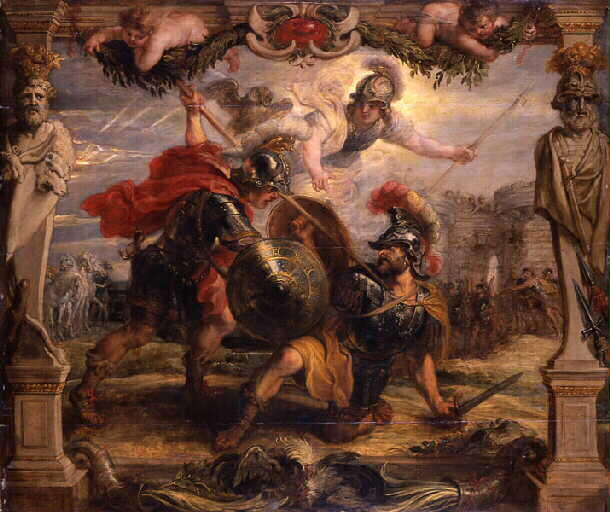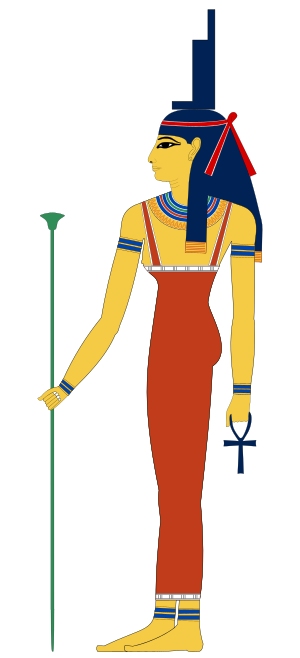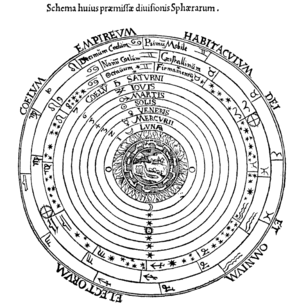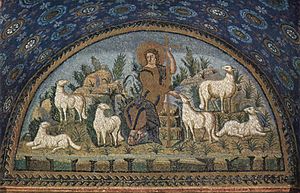For many believers the Bible’s Book of Proverbs, widely thought to be the Wisdom of Solomon, enshrined in holy black covers and gold embossed lettering, has the status of a unique, even god-breathed, collection of sayings. It is a pity that not many readers have easy access to collections of writings from non-Israelite cultures that would enable them to better understand the context and comparative nature of the Bible’s books, including the Book of Proverbs. Noble ethics can be misunderstood as somehow unique to one race or religion if they are thought to exist exclusively in the Bible. It is much healthier for self-understanding and appreciation of humanity generally if we can compare the wisdom and ethics in the Bible with similar writings from the regions of ancient Babylonia.
Here’s another extract from Ancient Near Eastern Texts, 1969:
Akkadian Proverbs and Counsels
On modesty and watching your tongue and temper:
As a wise man, let your understanding shine modestly,
Let your mouth be restrained, guarded your speech.
Like a man’s wealth, let your lips be precious.
Let affront, hostility, be an abomination unto you.
Speak nothing impertinent, (give no) unreliable advice.
Whoever does something ugly — his head is despised.
Hasten not to stand in a public assembly,
Seek not the place of quarrel;
On the golden rule:
Unto your opponent do no evil;
Your evildoer recompense with good;
Unto your enemy let justice [be done],
On shunning the immoral woman:
Do not marry a harlot whose husbands are six thousand.
An Ishtar-woman vowed to a god,
A sacred prostitute whose favours are unlimited,
Will not lift you out of trouble:
In your quarrel she will slander you.
Reverence and submissiveness are not with her.
Truly, if she takes possession of the house, lead her out.
On basic goodnes and kindness:
Give food to eat, give date wine to drink;
The one begging for alms honor, clothe:
Over this his god rejoices,
This is pleasing unto the god Shamash, he rewards it with good.
Be helpful, do good.
Speak no evil:
Do not slander, speak what is fine.
Speak no evil, tell what is good.
Whoever slanders (or) speaks evil,
As a retribution the god Shamash will pursue after his head.
From Akkadian Proverbs and Counsels (Translator: Robert Pfeiffer), p.426, ANET
The above was from Mesopotamia. Here’s one from Egypt (the New Kingdom period):
Instruction of Amenemopet
Do not laugh at a blind man,
nor tease a dwarf,
nor cause hardship for the lame.
Don’t tease a man who is in the hand of the god, nor be angry with him for his failings. Man is clay and straw. The god is his builder. He tears down; he builds up daily; He makes a thousand poor by his will; he makes a thousand men into chiefs . . . .
Do not pounce on a widow when you find her in the fields, and then fail to be patient with her reply.
Do not refuse your jar to a stranger; double it before your brothers.
God prefers him who honors the poor to him who worships the wealthy.
From W. W. Hallo, The Context of Scripture. Cited by Thomas L. Thompson in The Messiah Myth, p.327
Like this:
Like Loading...
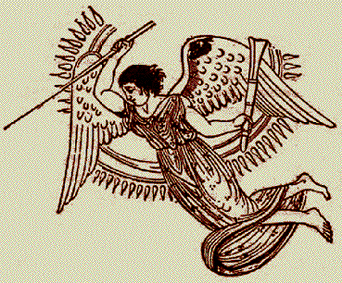 Descending Spirit and Descending Gods: A “Greek” Interpretation of the Spirit’s “Descent as a Dove” in Mark 1:10 by Edward P. Dixon was published last year (2009) in the Journal of Biblical Literature (128, no. 4). It is a welcome breeze of fresh sanity into the so many contorted attempts to explain Gospel themes and images exclusively in terms of very non-Christian and even sometimes anti-Christian Jewish motifs. Of course the Gospel narratives draw much from the Old Testament. But there is no need to insist upon an either-or scenario. The evidence is surely overwhelming that they also drew on Hellenistic motifs. There is surely nothing controversial about this. Intertestamental Jewish literature, fictional, philosophical and historical, did the same. It would surely be an anomaly if the Gospels indeed were composed entirely from a heritage that was alien to non-Jews and yet came to be embraced by non-Jews.
Descending Spirit and Descending Gods: A “Greek” Interpretation of the Spirit’s “Descent as a Dove” in Mark 1:10 by Edward P. Dixon was published last year (2009) in the Journal of Biblical Literature (128, no. 4). It is a welcome breeze of fresh sanity into the so many contorted attempts to explain Gospel themes and images exclusively in terms of very non-Christian and even sometimes anti-Christian Jewish motifs. Of course the Gospel narratives draw much from the Old Testament. But there is no need to insist upon an either-or scenario. The evidence is surely overwhelming that they also drew on Hellenistic motifs. There is surely nothing controversial about this. Intertestamental Jewish literature, fictional, philosophical and historical, did the same. It would surely be an anomaly if the Gospels indeed were composed entirely from a heritage that was alien to non-Jews and yet came to be embraced by non-Jews.
